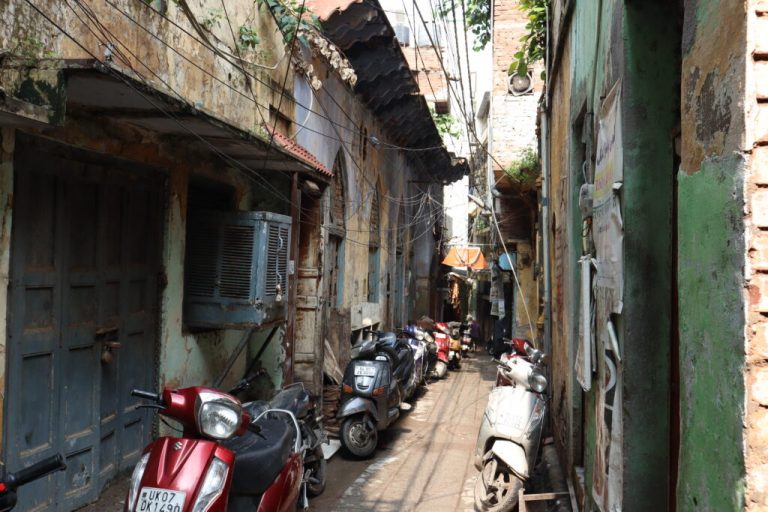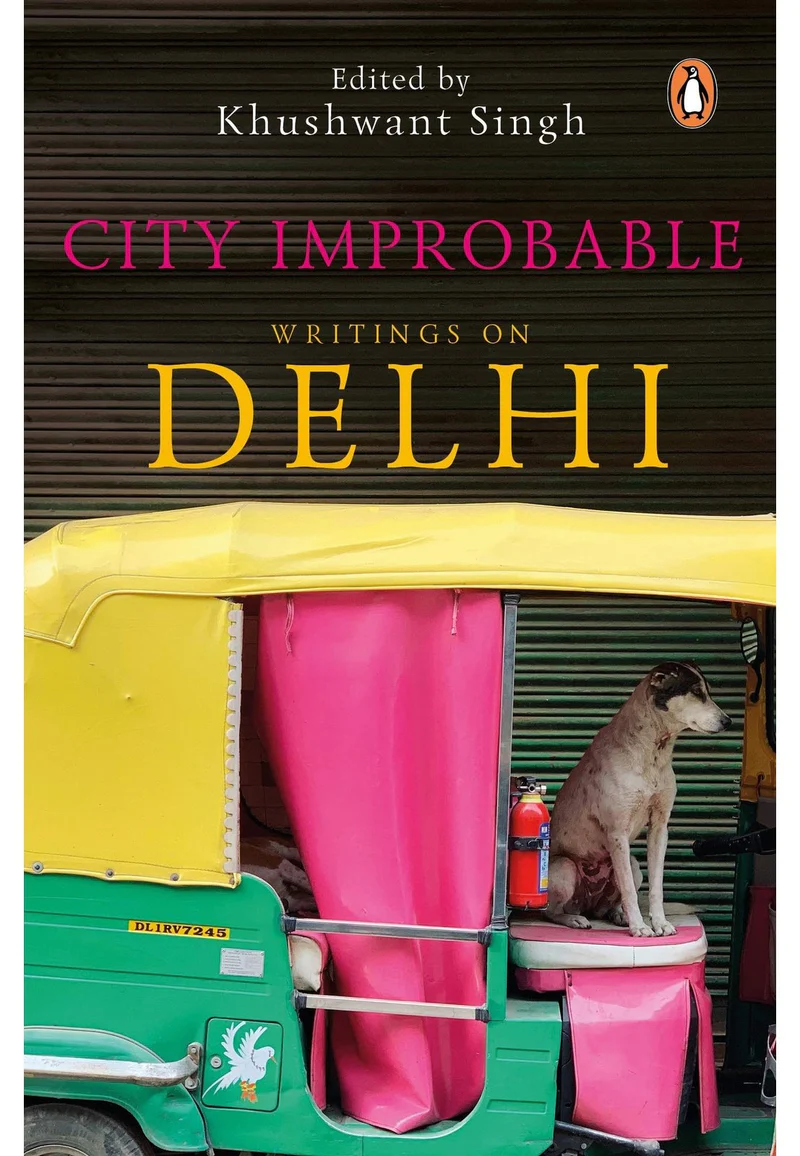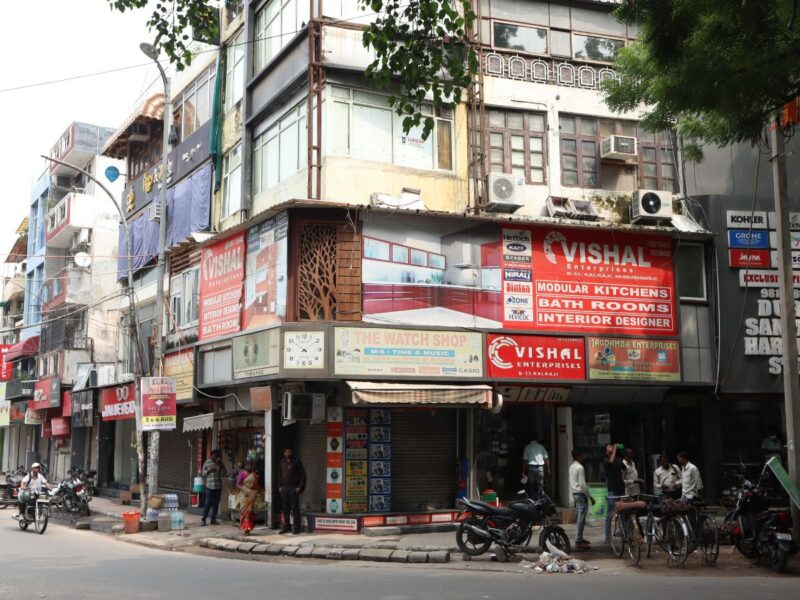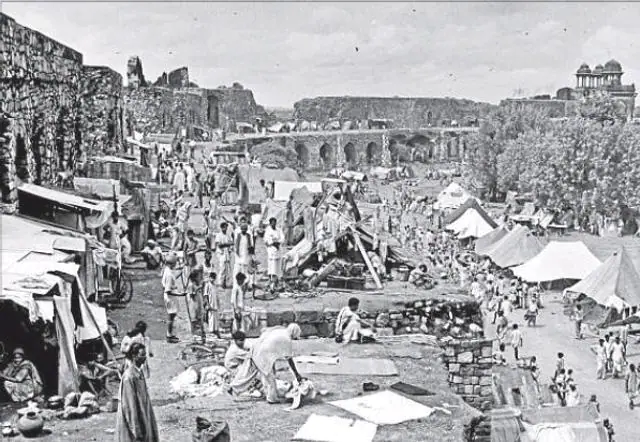
[The city’s southern limit extended beyond Lodhi Road, which was a forest land then. Colonies like Malviya Nagar, Lajpat Nagar, Nizamuddin, Kalkaji and Jangpura were created to accommodate refugees. “Lodhi Road was the southern boundary of the imperial suburban do pen fields and scrub lay beyond, where jackals howled and black bucks roamed,” wrote Ranjana Sengupta, in an anthology, City Improbable: An Anthology of Writings on Delhi, edited by Khushwant Singh]
By Abhinav Rajput/ Prerna Lidhoo, New Delhi
India’s Independence in 1947 changed the face of Delhi especially the southern part of the national capital, the area where Tomars established their kingdom in 736 AD. Refugees from Pakistan, mostly Punjabis, thronged the city. Initially, a majority of them went to neighboring states — Punjab and Uttar Pradesh — to settle down before coming to Delhi. Delhi turned out to be safer place and offered better future prospects in terms of employment and business opportunities. The city then emerged as a cosmopolitan space in the next 69 years. The political and administrative setup underwent several changes since Partition. Ministry of rehabilitation was formed by P and it Jawaharlal Nehru, the first Prime Minister of India.
 The city eventually got a sophisticated urban planning system when Meher Chand Khanna, the then rehabilitation minister, took charge. Academic Sohail Hashmi said that south Delhi was a natural choice for early settlement as it was located at a height and had less river bodies in comparison to the other parts of the city. “The Nizamuddin station, where most of the trains from Punjab came was in South Delhi. This could also be one of the reasons that a major chunk of refugees settled here,” he said.
The city eventually got a sophisticated urban planning system when Meher Chand Khanna, the then rehabilitation minister, took charge. Academic Sohail Hashmi said that south Delhi was a natural choice for early settlement as it was located at a height and had less river bodies in comparison to the other parts of the city. “The Nizamuddin station, where most of the trains from Punjab came was in South Delhi. This could also be one of the reasons that a major chunk of refugees settled here,” he said.
The city’s southern limit extended beyond Lodhi Road, which was a forest land then. Colonies like Malviya Nagar, Lajpat Nagar, Nizamuddin, Kalkaji and Jangpura were created to accommodate refugees. “Lodhi Road was the southern boundary of the imperial suburban do pen fields and scrub lay beyond, where jackals howled and black bucks roamed,” wrote Ranjana Sengupta, in an anthology, City Improbable: An Anthology of Writings on Delhi, edited by Khushwant Singh.

Nizamuddin was one of the first colonies to be developed in the Capital, Nizamuddin East and West became home to Karachi’s elites. Lajpat Nagar was developed as a refugee colony and most of its early residents were Punjabis (Author did not mention Sindhis) from Karachi and parts of Balochistan, Multan and Sindh.
“Lajpat Nagar had 50 houses in 1950s built in around 100 square yard. They had asbestos roofs and no separate bathrooms. There were common bathrooms made in the areas which are now ornamental parks,” said Pawan Arora, resident.
In later years, well-off families settled in Greater Kailash, New Friends Colony, Vasant Vihar or Defence Colony. Soon flats in Sarojini Nagar, Laxmi Bai Nagar, Sadiq Nagar, Aliganj and Kidwai Nagar were constructed to accommodate government employees.
Named after the rehabilitation minister, Meher Chand Market, Khanna Market, which are the new high streets of south Delhi along with Khan Market were built and shops were allocated to displaced people from Pakistan.
 In her paper, ‘Distinctive Citizenship: Refugees, Subjects and Post-colonial State in India’s Partition’, Ravinder Kaur, associate professor of Modern South Asian Studies at University of Copenhagen suggests that the hope of displaced people was to have rentable shop allotted to them by the government since it was impossible to buy property in Delhi because of the sky-high property prices, and it changed the way Delhi lived.
In her paper, ‘Distinctive Citizenship: Refugees, Subjects and Post-colonial State in India’s Partition’, Ravinder Kaur, associate professor of Modern South Asian Studies at University of Copenhagen suggests that the hope of displaced people was to have rentable shop allotted to them by the government since it was impossible to buy property in Delhi because of the sky-high property prices, and it changed the way Delhi lived.
In his essay, ‘Panjabi refugees and the urban development of greater Delhi’, author VN Datta mentioned refugees set up industries in Malviya Nagar and Kalkaji with monetary help from government. “Government loans and concessions helped them set up small-scale industries. The ministry of rehabilitation extended facilities for establishing such industries to refugees in Malviya Nagar and Kalkaji. About 25 industries were allotted to them,” Datta mentioned in an essay, which is part of Delhi through the Ages: Essays in Urban History, Culture and Society. Later, Okhla Industrial area was also set up for other enterprises by refugees, he adds.

Though major migration took place between 1947 and 1950, migrants kept coming to Delhi in later years too. Nand Lal Sachdeva, Madangir resident and president of Ba loch is tan Hindu Panchayat, who came to India in 1978, said, “Some of us came early and others came many years after Independence. By that time, south Delhi was already urbanized to accommodate refugees from Pakistan. We were given houses in colonies like Madangir,” he said. The area that has a chain of shops of garments, school bags, footwear, furniture, gift shops etc. alongside a gurudwara is known as Pakistani colony by locals.
____________________
Courtesy: Hindustan Times (Published on August 13, 2016)